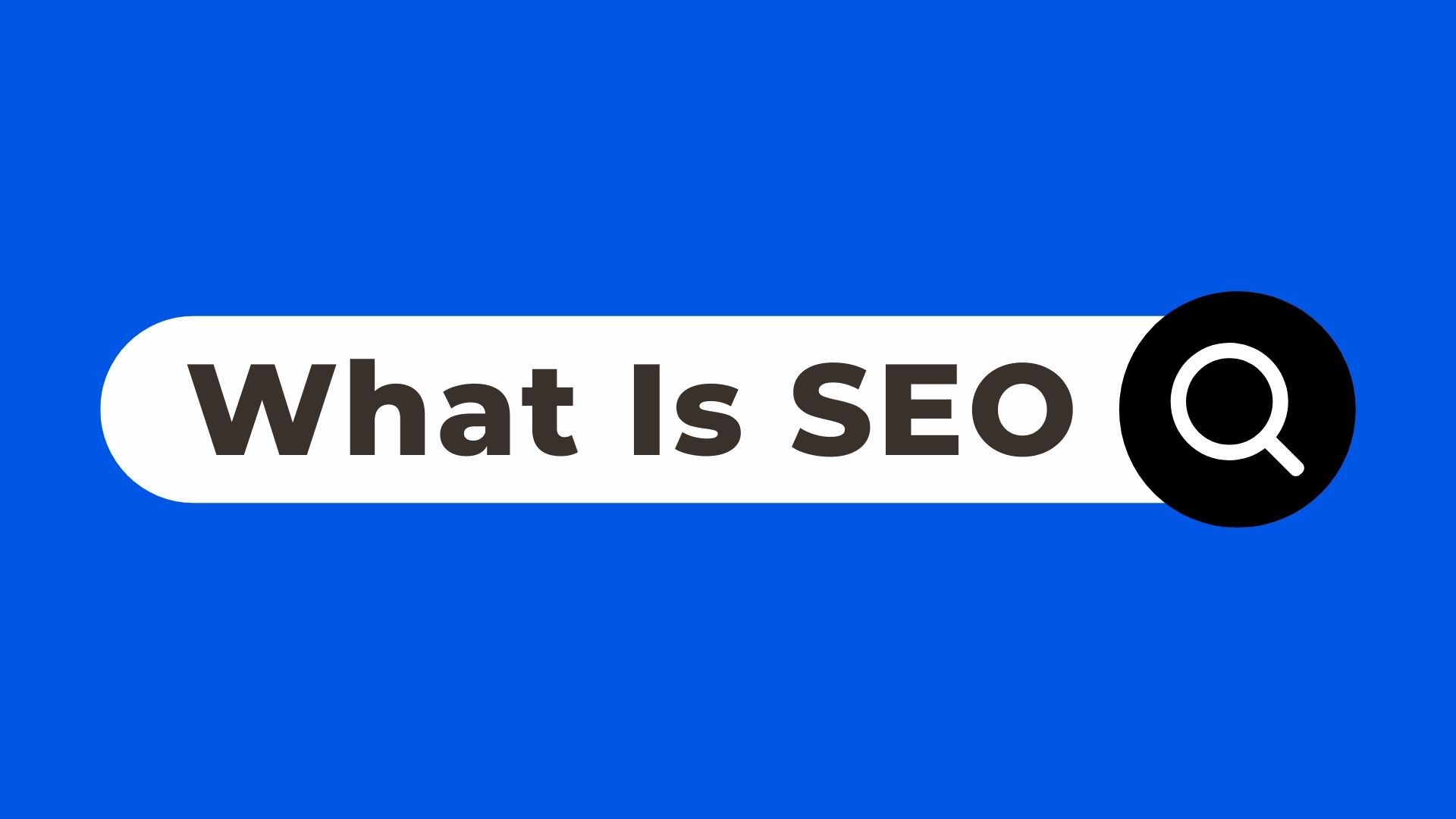Search Engine Optimization is a fundamental part of digital marketing. It involves optimizing websites in order to increase their visibility on search engine result pages (SERPs). This guide will examine the intricacies and types of SEO. It will also explain the differences between organic and paid searches, the way search engines work, and the ranking system used by Google.
What is SEO?
Search Engine Optimization (SEO) is the process of increasing traffic to your site through organic search engine results. It is important to increase your website’s visibility in search engine results when people are searching for products and services that relate to your business. The more visible your pages are in search engine results, the better your chances of attracting customers and gaining attention.
Types Of SEO
SEO can be classified into three main types.
On Page SEO :- This is a way to ensure that the content of your website is relevant and offers a positive user experience. This includes optimizing headlines, HTML (title, header, meta and meta tags), and images.
Off Page SEO :- This is a method that focuses on factors external to your website’s ranking. Link building, increasing social media engagement and increasing mentions from other platforms are common strategies.
Technical Search Engine Optimization :- This type is aimed at improving the technical aspects of a website in order to improve its ranking on search engines. Mobile-friendliness is one of the most important factors. Other things to consider are fast loading speeds and secure connections.
Paid Search vs. Organic Search Differences
The main difference between organic and paid search is that organic search results come from the natural ranking algorithms of search engines. Paid search results are usually displayed at the top of a webpage or on its side. They are marked as advertisements. Organic search is a free option, but paid search involves paying for an ad in the search results.
What Is The Search Engine?
These search engines crawl billions of web pages with their own web crawlers. These crawlers collect and store information on pages by visiting and revisiting them. Search engines use complex algorithms when a user conducts a query to find the most relevant data from the index. These factors include keywords, page speed, site usability and other ranking factors.

How Does Google Order And Rank Search Results?
Google uses multiple factors to rank search results in order to deliver the most relevant results and useful results for users. These factors include:
Relevance : How well a page answers the searcher’s query.
Authority of the website : – The volume and quality of links to other sites.
Usability on the Webpage :- The ease of use for the website on any device.
User Interface : How users interact with results (e.g. click-through rates, bounce-rates).
What Is SEO Strategy?
A comprehensive SEO strategy will help you get more traffic to your site through search engines. Research and planning are key to building successful strategies, which take into consideration what people search for and the content they want to consume. Setting clear goals, creating engaging content, optimizing keywords, building links, and measuring results are all part of the process.

How To Set Goals For Different Business Types
The SEO goals of different businesses are very different. Consider:
Ecommerce sites may focus on increasing sales by using specific product pages.
Local search optimization is a good way to boost leads for service-oriented businesses.
Publishers of content could increase ad revenues by increasing page views and engagement with high-quality material.
To achieve the best results, each business requires a different set of SEO objectives and tactics. Understanding your business and your market will help you set more effective goals for SEO that are aligned with your company.

 +91-8239644500
+91-8239644500 






Leave a Reply